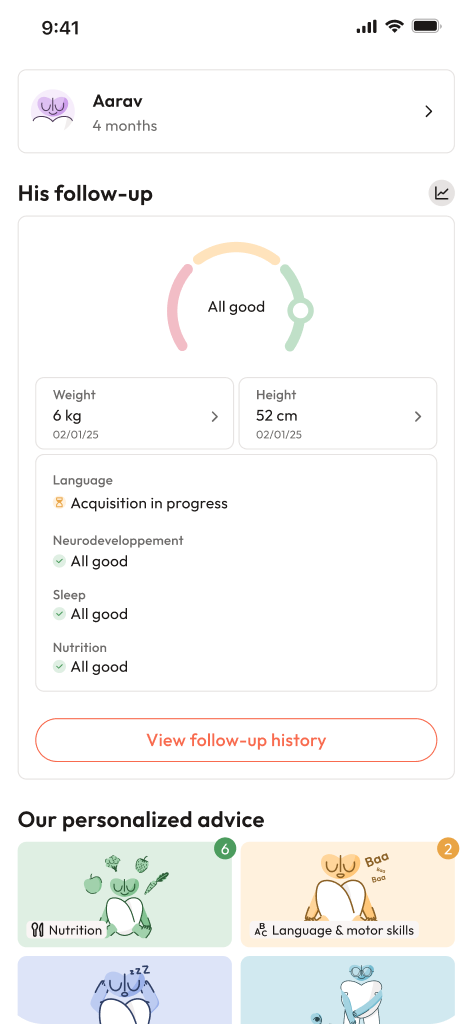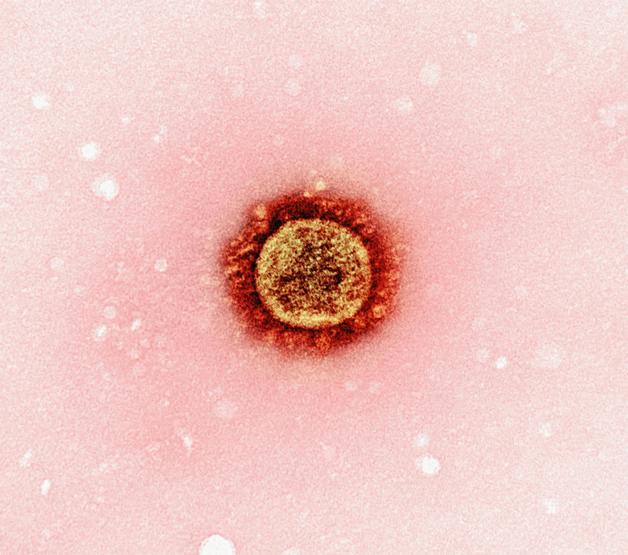Expecting a child can unleash a sudden cascade of hopes—and just as often, worries. Amid the swirl of ultrasound appointments, nutrition charts, and birth plans, certain medical terms—unfamiliar, yet oddly persistent—demand attention. One such term, Group B strep pregnancy, may appear during a routine visit or as a note on a prenatal file. What if you’re GBS-positive? How does it matter? Could it affect your baby? These concerns, both technical and deeply personal, call for clear facts and thoughtful reassurance. Together, we’ll untangle questions about risk, screening, transmission, and practical steps, empowering you to face Group B strep pregnancy with composure and informed confidence.
What is Group B Strep in Pregnancy?
Group B Streptococcus (GBS)—a mouthful at first glance—belongs to the world of naturally occurring bacteria. Quietly inhabiting the digestive and reproductive tracts, GBS is surprisingly common. Studies suggest that about 1 in 4 (sometimes even 1 in 3) pregnant women may have GBS in the vaginal or rectal region, making the phrase Group B strep pregnancy more than a statistic—it’s a shared experience for many. Yet, the majority of adults carry GBS in silence, never experiencing discomfort or symptoms. Think of it as an uninvited but mostly benign “guest” who settles in and rarely causes disruption—unless childbirth opens the door to transmission.
It’s essential to note, Group B strep pregnancy is not related to poor hygiene or sexual activity. The mere presence is not a reflection of maternal health or lifestyle choices. Still, knowing one’s status brings a layer of preparedness that can turn a potentially risky situation into a manageable one.
Why Should Parents Care About Group B Strep Pregnancy?
You might be wondering: If GBS is so common and silent, why the focus? The answer lies in its potential—though not certainty—to cross from mother to baby during labour, presenting a real, albeit uncommon, risk for newborns. The bacteria, otherwise harmless to adults, may trigger dangerous outcomes in infants such as neonatal sepsis, pneumonia, or sometimes meningitis. Precaution—not panic—is the bridge between statistics and peace of mind.
How Common is Group B Strep Pregnancy?
Epidemiological figures for Group B strep pregnancy fluctuate widely, reflecting population differences and screening protocols. Across regions, anywhere from 10% to 30% of expecting mothers test positive for GBS. Despite the numbers, only 1-2% of babies born to women who carry GBS, but do not receive preventive care, might develop a significant infection.
Risks Linked to Group B Strep Pregnancy
Possible Impacts on Mothers
Most carriers will complete pregnancy without even a sniffle. However, when Group B strep pregnancy tips out of its silent phase, complications can sprout:
- Urinary tract infections (catching an unexplained burning? Worth checking for GBS)
- Fever during labour (a sudden spike that begs for a thermometer and quick action)
- Chorioamnionitis—an inflammation enveloping the baby and membranes
- Endometritis (infection of the womb lining after birth)
- Sometimes, more acute infections such as sepsis or meningitis—rare, but demanding immediate care.
Cue to parents: fever, abnormal vaginal discharge, pelvic pain, or feelings of unwellness warrant notifying your healthcare team without delay.
Newborns: Why Extra Precaution is Applied
Transmission of GBS can occur specifically at the pivotal moment of delivery. Imagine the journey through the birth canal—baby comes into contact with GBS-laden secretions; for most, nothing happens. Yet, sometimes, infection sets in. Two distinct patterns emerge:
- Early-onset disease (within 7 days): Babies may develop sepsis (a systemic infection), pneumonia, or brain inflammation. Shortness of breath, muscle limpness, or temperature changes can be the first echoes of trouble.
- Late-onset disease (up to 3 months): While less common, includes symptoms like persistent fever, poor feeding, unexplained lethargy, or even seizures.
Babies born prematurely, exposed to ruptured membranes for more than 18 hours, or whose mothers have fever during labour, land in the higher risk bracket. It’s not about fear, but about informed vigilance.
How Does Group B Strep Pregnancy Lead to Transmission?
Starting from the digestive tract, GBS might subtly make its way to the vaginal region—no symptoms, no warnings. Transmission usually takes place:
- As the baby passes through the birth canal, brushing against colonised vaginal or rectal secretions
- Occasionally, if amniotic fluid is infected during labour
- Very rarely, after birth via external contacts
Here’s a stunning statistic: Without intervention, roughly half of exposed babies acquire GBS, though only a small percentage actually fall ill—a reminder of why strategies like intrapartum antibiotic prophylaxis significantly change outcomes.
Screening for Group B Strep Pregnancy: Timing, Process, and Significance
When and How Screening Happens
By the third trimester—specifically between 36 and 38 weeks—providers recommend a quick vaginal and rectal swab. No need for dread; the test is swift, simple, and gives clear direction for the remainder of pregnancy care. The objective? Early detection to set the stage for the pivotal antibiotic decision.
What the Results Mean
- Positive: Prepare for antibiotics delivered directly into the vein (IV) when labour begins—most often penicillin, unless allergies redirect the choice.
- Negative: Breathing space, although vigilance continues, especially if labour is premature, membranes rupture early, or a fever emerges.
- If untested (maybe labour starts unexpectedly, or screening window missed): Health teams may opt for antibiotics based on risk factors.
- Special scenarios—like prior baby with GBS infection—spark more proactive protection.
Protecting Mother and Baby: Prevention and Treatment
Antibiotics During Labour: The Game Changer
For those testing positive, IV antibiotics started at the onset of labour serve as the frontline protection. Penicillin is the first choice; for those allergic, macrolides or glycopeptides (guided by regional GBS resistance) become the alternatives. Importantly, these drugs must run for at least four hours before birth to reach maximum preventive power. The result? Risk to the baby drops by almost 80%.
Supporting Measures for Peace of Mind
While medical protocols anchor safety, every parent can support prevention by:
- Maintaining strict hand hygiene—especially in hospital settings and home postpartum care
- Informing the care team of GBS status before or during admission
- Responding quickly if waters break or preterm labour sneaks up, so antibiotics start in time
Prenatal appointments also create an ideal space to review these strategies, ask questions, and adapt to emerging needs.
What if Preventive Strategies Are Missed?
Sometimes, antibiotics can’t be administered in time. If this happens, newborns enter a period of active monitoring in the first 48 hours. Medical teams observe:
- Temperature regulation
- Heart and breathing rates
- Feeding patterns
- Levels of alertness and muscle tone
The aim? Early signs, if any, are caught and treated rapidly—timing here is everything.
Warning Signs for Parents: Symptoms to Watch
In Mothers
While most will breeze through Group B strep pregnancy undisturbed, be alert during and after labour for:
- Persistent or sudden fever
- Abdominal discomfort or pain
- Unusual or heavy vaginal discharge
- Unexpected fatigue or malaise
In Newborns
Signals can be subtle or dramatic; prompt recognition opens the door to timely care. Signs to watch include:
- Respiratory distress (rapid or grunting breaths)
- Fluctuations in temperature (either high or low)
- Difficulty in feeding, low energy, pronounced sleepiness
- Irritability, abnormal crying, body stiffness, or twitching
Even minor changes are worth mentioning; erring on the side of caution is a wise approach—especially with Group B strep pregnancy in the background.
Practical Advice for Expectant Parents
Plan Proactively for Delivery
Schedule your screening in the third trimester and discuss results openly with the maternity team. Raise doubts freely; absorb answers without hesitation. For those identified as GBS-positive, it is reassuring to remember: breastfeeding remains safe when coupled with correct hygiene. Clean hands, attention to nipple hygiene, and well-maintained feeding accessories build a protective barrier.
Embrace a Balanced Approach
No universal script fits all stories. Each Group B strep pregnancy unfolds uniquely. Lean into reliable information, voice preferences, and seek clarification as needed. Your partnership with medical caregivers is the bedrock of safe, calm navigation through uncertainty.
Key Takeaways
- Group B strep pregnancy is prevalent and mostly symptom-free in mothers, but it matters because of potential risks to the newborn—primarily at the time of delivery.
- Systematic screening at 36-38 weeks combined with intravenous antibiotics during labour for positive cases, creates an outstanding line of defense.
- Most parents with GBS deliver healthy babies—prevention and prompt treatment keep the odds in your favour.
- Actively monitoring symptoms in both mother and baby after birth allows immediate intervention if required.
- For richer insights, reliable advice, and tailored health questions for your child, consider downloading the application Heloa, offering updated support and personalised questionnaires.
Questions Parents Ask
Can Group B strep be prevented naturally during pregnancy?
You may wonder if dietary tweaks, supplements, or lifestyle changes offer reliable prevention against Group B strep pregnancy. While robust immunity and good health habits always help, current studies do not confirm the effectiveness of natural remedies like probiotics in lowering GBS colonisation. The gold standard remains regular screening and, where needed, antibiotic administration during labour. Curious about alternative measures? A candid conversation with your doctor is always worthwhile—they welcome your questions.
Does Group B strep affect future pregnancies or fertility?
Worried that a positive Group B strep pregnancy test spells lasting trouble? Rest easy: being GBS-positive during one pregnancy has not shown to impact fertility or guarantee a repeat in future pregnancies. Many women test positive once and negative the next time around. Any remaining concerns can be discussed calmly during preconception or postnatal visits—your doctor is ready to provide clarity.
Are there any symptoms that suggest you have Group B strep before screening?
Here’s the catch—Group B strep pregnancy usually unfolds with no warning signs. Most experience no symptoms at all, which is why late-pregnancy screening is routine. Occasionally, an unexpected increase in vaginal discharge or a case of urinary tract infection can hint at colonisation, but such signs are rarely specific. When in doubt over physical changes, bringing up the discussion with your healthcare provider is always sound, even for minor worries.









